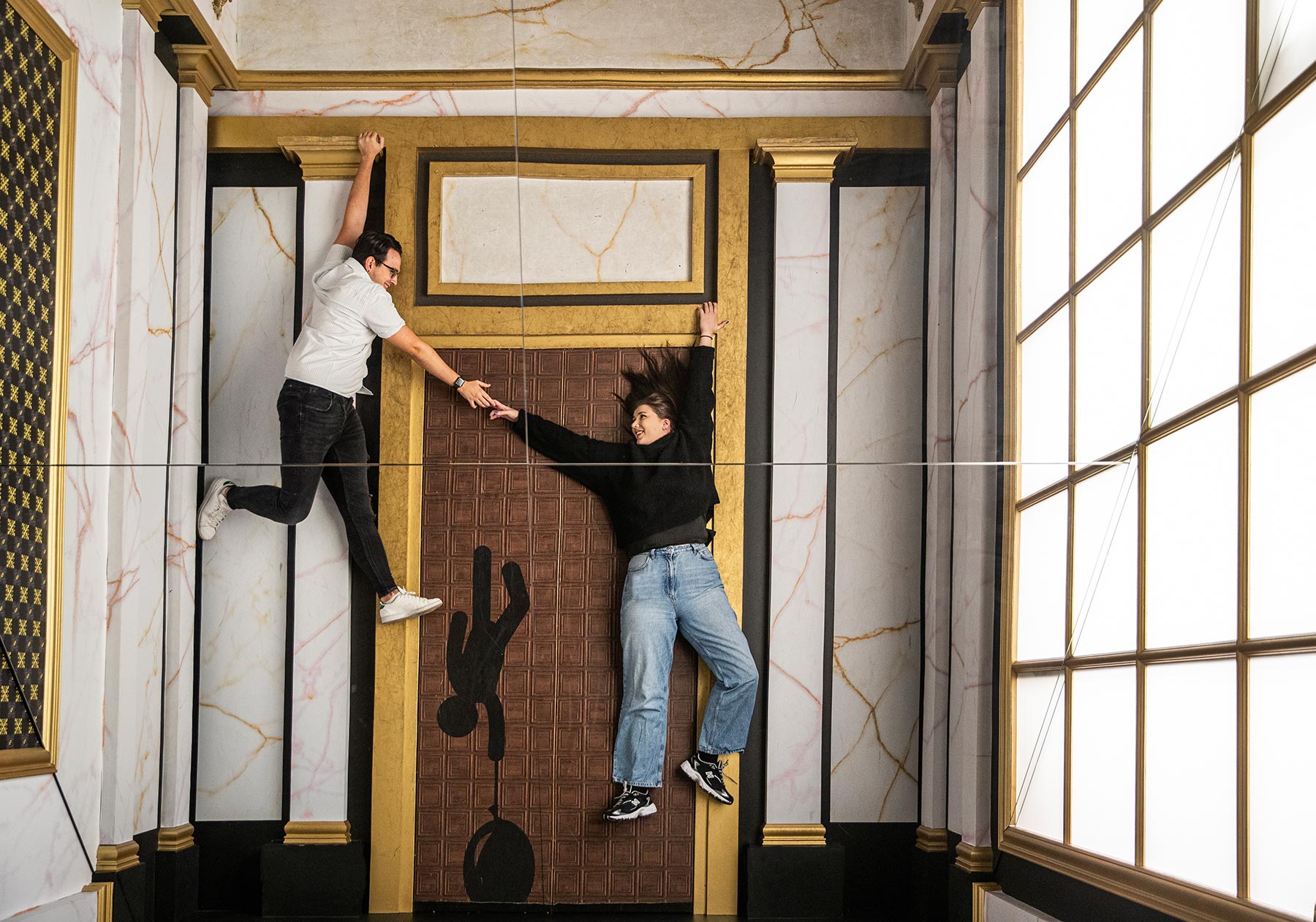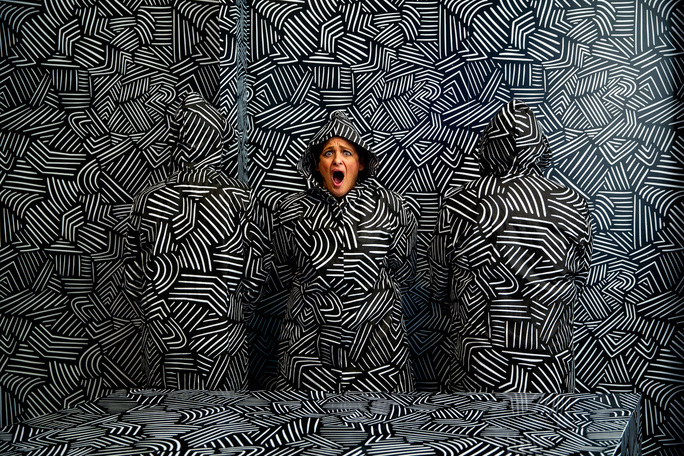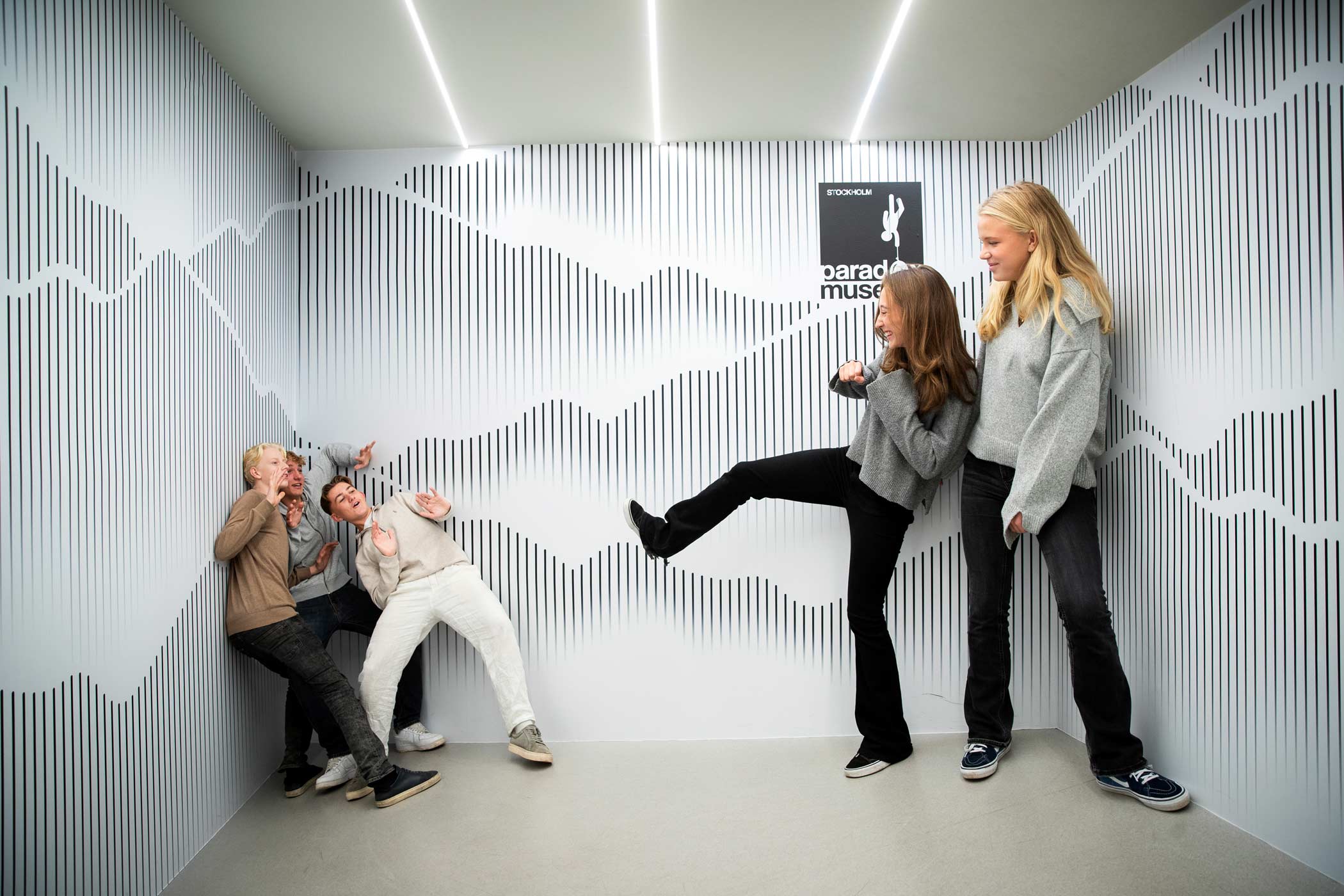
Optical illusions and paradoxes are sources of joy and fascination for people of all ages. By creating confusion and uncertainty, they force us to question our senses. Their ability to challenge our perception of reality makes them an exciting and enjoyable activity to share with family and friends for engaging and entertaining discussions.
What is the difference between an optical illusion and a paradox?
Just like optical illusions, paradoxes challenge our logic and understanding. Paradoxes often revolve around abstract ideas and logical contradictions, while optical illusions can be observed visually. Paradoxes are commonly used in philosophy, literature, and mathematics to explore ideas of contradictions and complexity. As an example, one of philosophy’s most famous paradoxes is the statement “this statement is false”, where if the statement is true, then it’s false, and if it’s false, then it’s true. Tricky, huh?
Optical illusions and paradoxes are not only entertaining but also serve a scientific purpose. Illusions have long been important subjects of research in psychology, providing us with a better understanding of how our brains process visual information and perceive the world around us. Additionally, each person may react differently to an optical illusion, depending on factors such as individual perception, cultural differences, and past life experiences.
At Paradox Museum, you can explore a variety of optical illusions and paradoxes that challenge your perception. From classic paradoxes to modern optical illusions that play with color and shape, there’s something for everyone. All exhibitions are interactive, and our dedicated guides provide insights into the mechanisms behind the illusions.
Are you familiar with some of the world’s most well-known optical illusions? These can, of course, be experienced in real life at Paradox Museum in Stockholm.
Müller-Lyer Illusion
An optical illusion where two parallel lines with different types of angles at the ends make one line appear longer than the other, even though they are actually equal in length.
Ames Room
A room designed to create a visual illusion of disproportionate sizes, where people in one corner appear much larger or smaller than they actually are.
The Impossible Bars
This optical illusion uses carefully arranged shapes to make it seem like there are different numbers of bars depending on where you look. If you study the spaces between the bars closely, you’ll see the real numbers.
Jastrow Illusion
An optical illusion that creates a false perception of the size of two curved lines by placing them close together. Although the lines are identical in length, one line appear longer than the other.
The Upside-Down Room
Also known as the inversion room or anti-gravity room, is a specially designed space where furniture, fixtures, and décor appear to be mounted on the ceiling, creating the illusion that the entire room is flipped upside down.
Paradox Museum Stockholm – An Experience Museum
Visiting an experience museum like Paradox Museum in Stockholm is a memorable experience that offers several advantages compared to traditional museums. Here, visitors can truly engage and actively participate in the exhibitions, making learning a truly fun and interactive experience. Additionally, the atmosphere here is family-friendly and spreads both creativity and inspiration all around.
Find tickets to Paradox Museum in Stockholm here.




